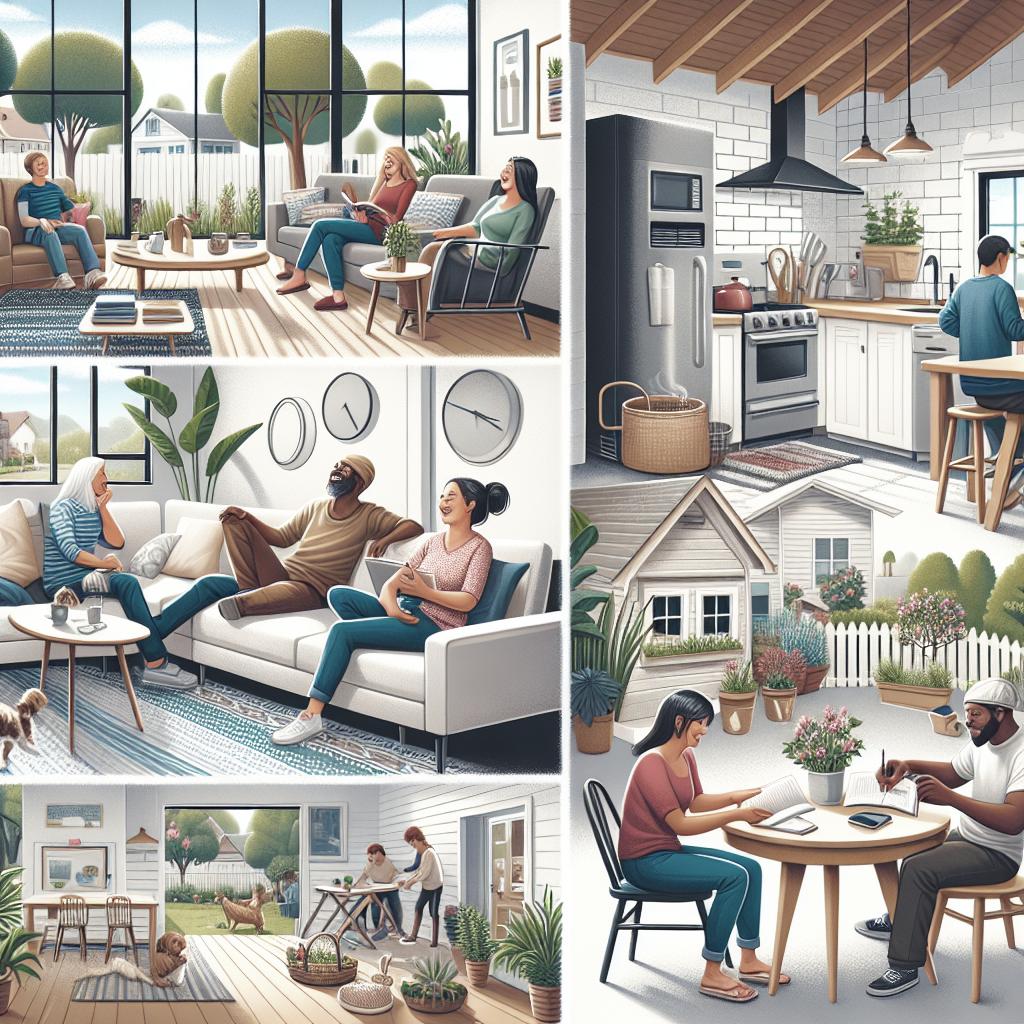Collaborating within a community to achieve common goals can be incredibly powerful and transformative. By understanding the needs of partner organizations, forming robust relationships, and leveraging technology to bridge gaps, communities can work effectively towards shared objectives. This blog post delves into the key aspects of successful community collaboration, offering insights on how to connect various stakeholders, communicate next steps, and make the most of available resources. Whether you are involved in a local initiative, a nonprofit, or a larger network, the principles discussed here can guide your efforts in fostering synergy and yielding impactful outcomes.
Understanding the needs of partner organizations
At the heart of any successful community collaboration is a deep understanding of the needs and goals of partner organizations. Taking the time to engage with these entities and learn about their challenges and aspirations lays the groundwork for building a strong alliance. Evaluating their missions, resources, and strategic objectives helps in identifying areas of overlap and potential synergy.
Conducting workshops, surveys, or interviews can aid in gathering valuable information about these organizations. It is essential to involve diverse participants in these conversations to obtain a comprehensive perspective. Once the mutual needs and objectives are established, a shared vision can be developed, helping to align efforts towards a common purpose.
Forming relationships makes the work go smoother
The success of collaborative endeavors in a community largely depends on the strength of the relationships formed among its members. Building trust and mutual respect is integral to ensuring that the teams work well together. Regular meetings and open communication channels facilitate transparency, fostering a reliable environment where individuals can comfortably contribute.
Cultivating a culture of empathy and non-judgment within teams encourages members to express ideas freely and support each other in problem-solving processes. Hosting social events, team-building activities, and recognition programs are effective ways to strengthen these bonds and make collaboration more enjoyable and productive.
Connecting players with other players
In a thriving community collaboration, connecting players — individuals, organizations, and networks — with each other is crucial. This interconnectivity unlocks a wealth of resources, perspectives, and expertise that each player brings to the table. It also enables knowledge-sharing and innovative thinking that can lead to creative solutions.
Facilitating networking opportunities such as conferences, forums, or online groups can promote interaction and idea exchange among stakeholders. Recognizing key influencers or champions within the community who can serve as bridges between players can also enhance connectivity and support successful collaborations.
Use of technology to overcome the gap
Leveraging technology is imperative in bridging communication gaps within community projects. With the advent of digital tools, communities can streamline coordination and collaboration, maintain data integrity and transparency, and increase accessibility to information. Cloud platforms, project management software, and communication apps ensure that everyone stays connected and informed about ongoing progress and tasks.
Moreover, technology can help foster inclusivity by allowing remote interactions, accommodating people who may have barriers to physical participation. Online meetings, document sharing, and virtual collaboration spaces reduce geographical limitations and empower more individuals to partake in community-building efforts.
Communicating next steps
Once common goals and action plans are established, clear communication of next steps is vital in ensuring continued momentum and progress. Articulating actionable tasks, timelines, roles, and responsibilities gives team members clarity and direction, minimizing misunderstandings and redundancies in efforts.
Regular updates, feedback loops, and check-ins help track advancements, assess needs, and identify potential roadblocks. Ensuring that all stakeholders have a platform to share experiences and voice concerns allows for timely adaptations and modifications to the strategy, enhancing the overall effectiveness of the collaboration.
Related Content
If you’re interested in learning more about community collaboration, consider reading related articles that delve into successful case studies, innovative collaboration techniques, and the role of community leadership in achieving common goals. Such content can provide additional insights and inspiration for your collaborative journey.
Leave a comment
We would love to hear about your experiences and insights regarding community collaboration. Please leave a comment below to share your thoughts and engage with other readers who are passionate about community building.
Leave a Reply Cancel reply
Your email address will not be published. Required fields are marked *
Future Prospects
| Aspect | Details |
|---|---|
| Understanding Needs | Engage partners through surveys and workshops to establish mutual objectives. |
| Forming Relationships | Build trust and strengthen bonds through open communication and team activities. |
| Connecting Players | Use networking opportunities to enhance collaboration and resource sharing. |
| Using Technology | Leverage digital tools to facilitate inclusive and efficient communication. |
| Communicating Steps | Define clear actions, roles, and utilize feedback for objective achievement. |


